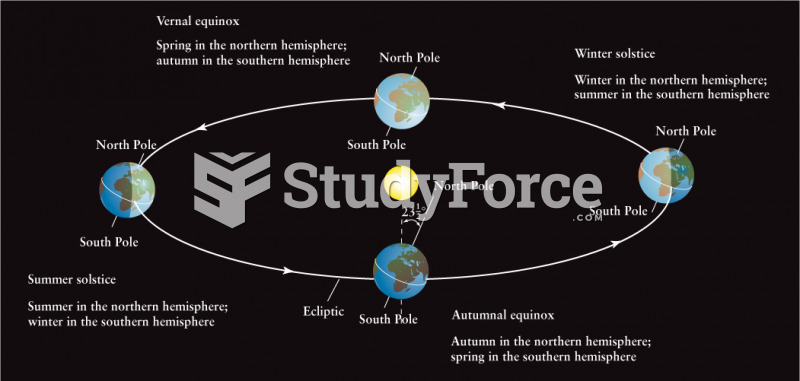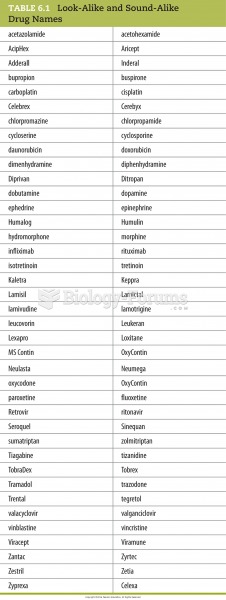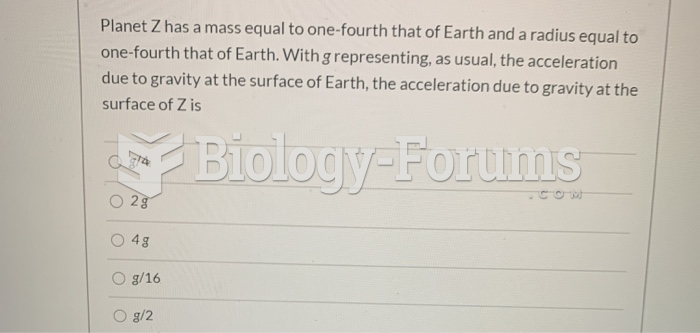Atoms are not all alike. Each element has its own kind of atoms. On Earth there are about 90 elements that occur in nature. Another two dozen or so have been synthesized by scientists. As far as we know, the entire universe is made up of these same elements. An atom is the smallest particle that is characteristic of a given element.
The purpose of the paragraph is
a. to inform the reader that an atom is the smallest particle in a
given element but differs in different elements.
b. to illustrate that there are only about 90 different elements that
occur in nature.
c. to persuade the reader of the importance of understanding the
characteristics of atoms.
The tone of the paragraph is
a. informative. b. persuasive. c. argumentative.
Question 2
First, let's talk about a few places where you should not study. Avoid your bed. There is a high correlation between lying in bed and sleeping except for two year olds. Study in an upright position, making you more alert and less likely to doze. Avoid study lounges. Most study lounges are about 10 percent study and 90 percent lounge. Lounges are full of couches and easy chairs more conducive to resting than studying. They are also full of chatting, coughing, and snoring sounds are bound to distract you. Moreover, they are inhabited by Lounge Scrounges, students who pop in just looking to gab or to lure would-be studiers to a coffee shop or video arcade. Avoid other public places such as libraries, living rooms, and snack bars. Like study lounges, they are frought with distracting movements and sounds.
The purpose of the paragraph is
a. to analyze how study places differ.
b. to entertain the reader with a story about Lounge Scrounges.
c. to persuade the reader not to use the bed, lounges, and public places to study.
The tone of the paragraph is
a. persuasive. b. informative. c. amusing.







